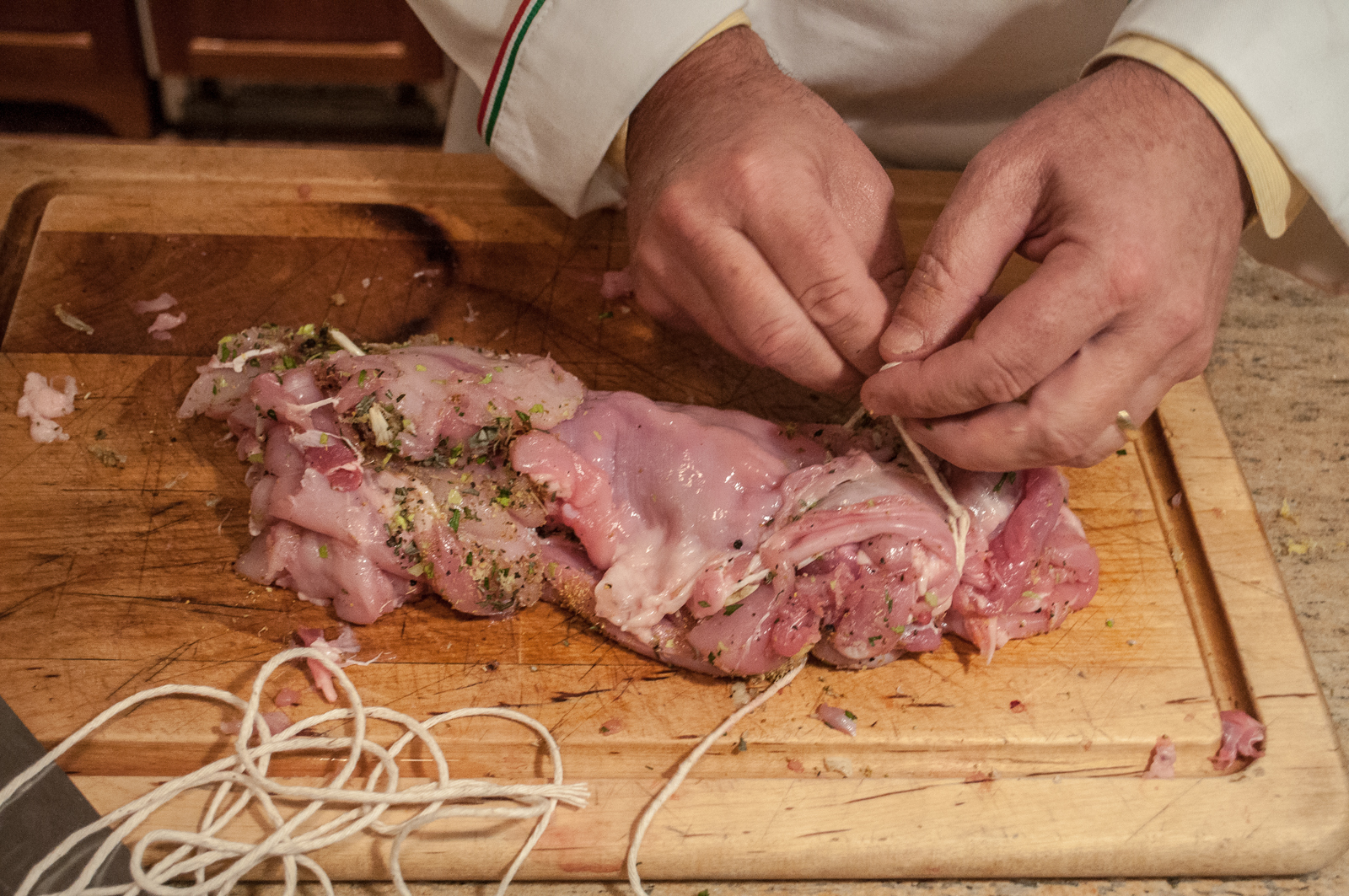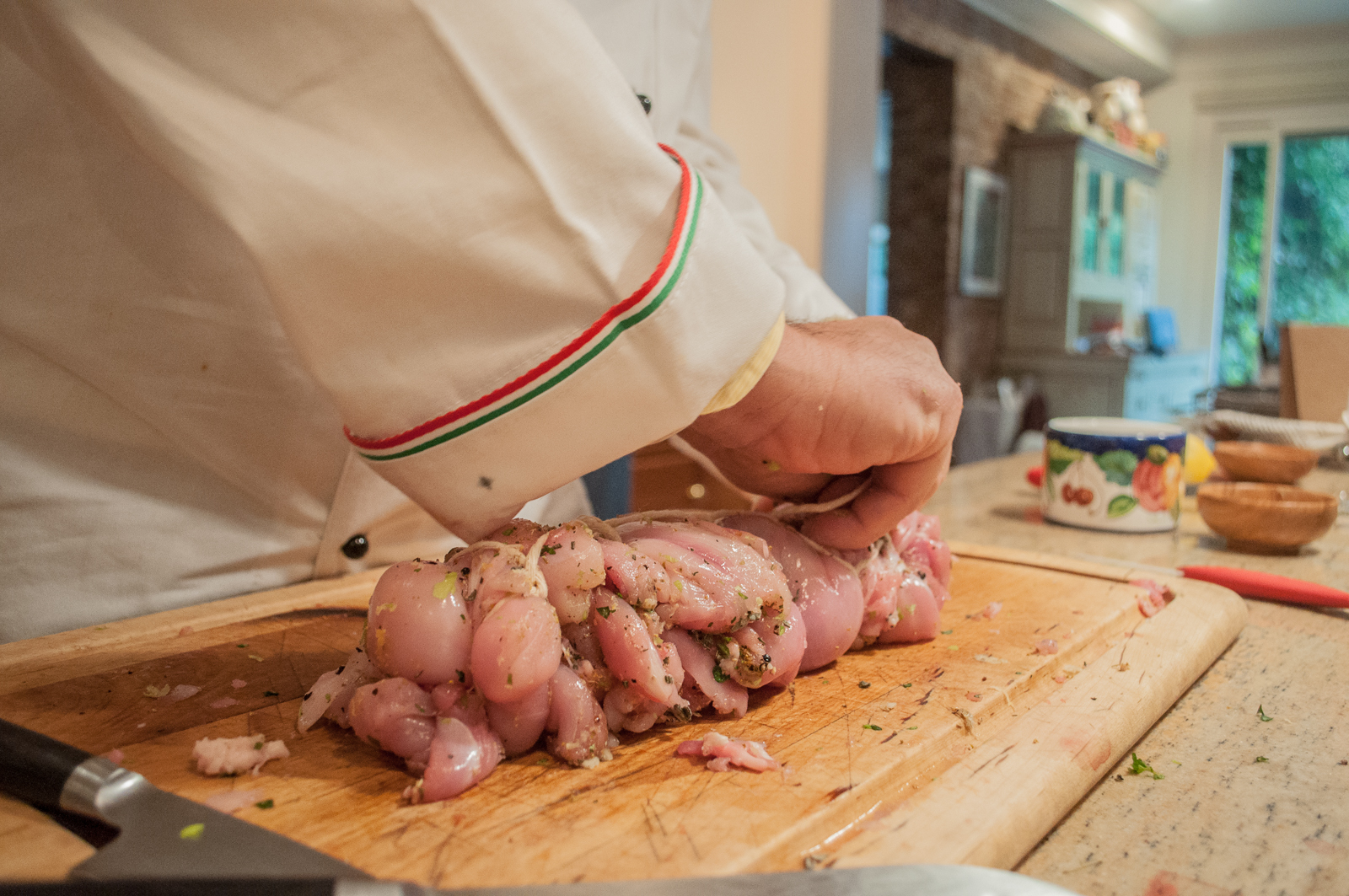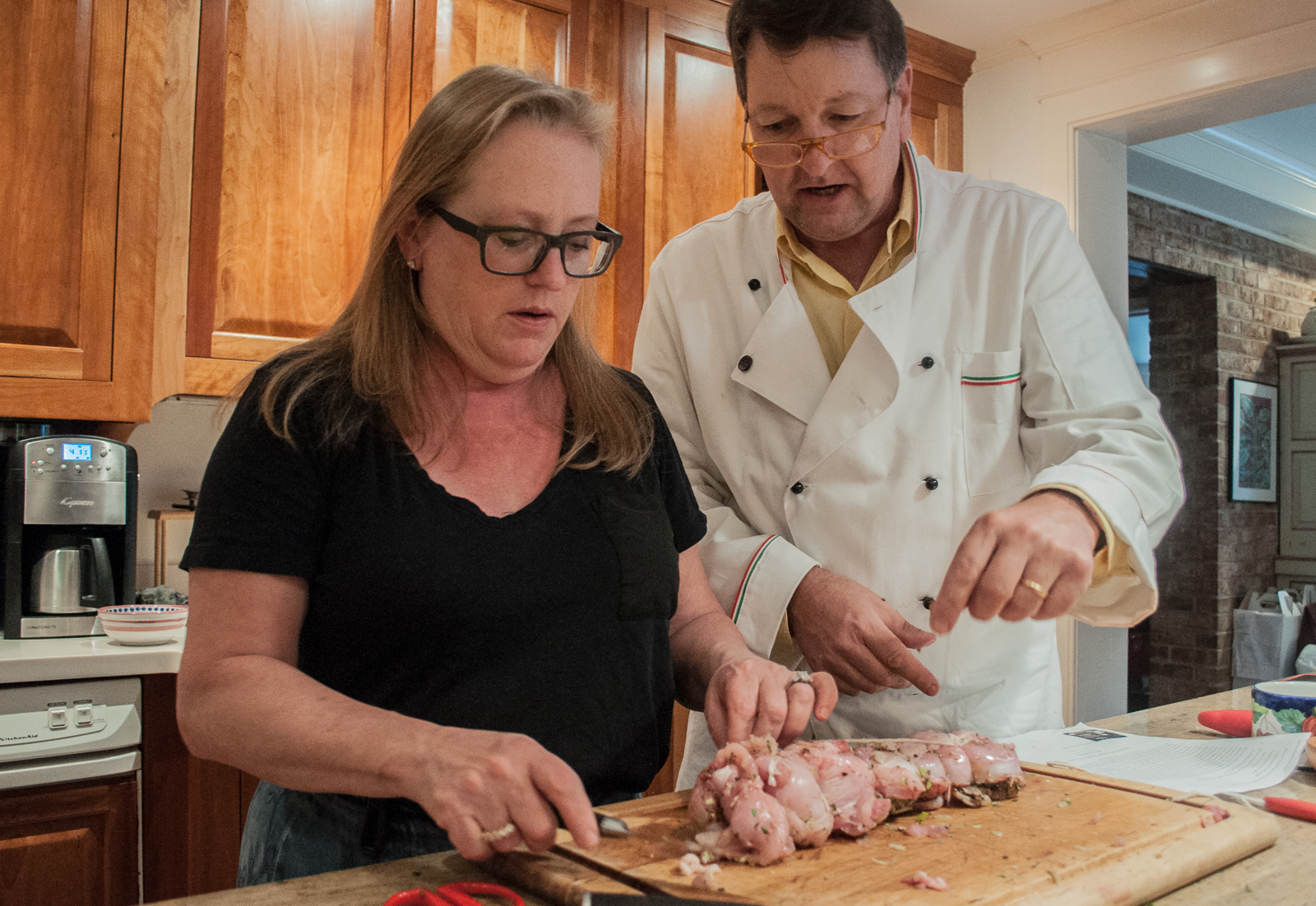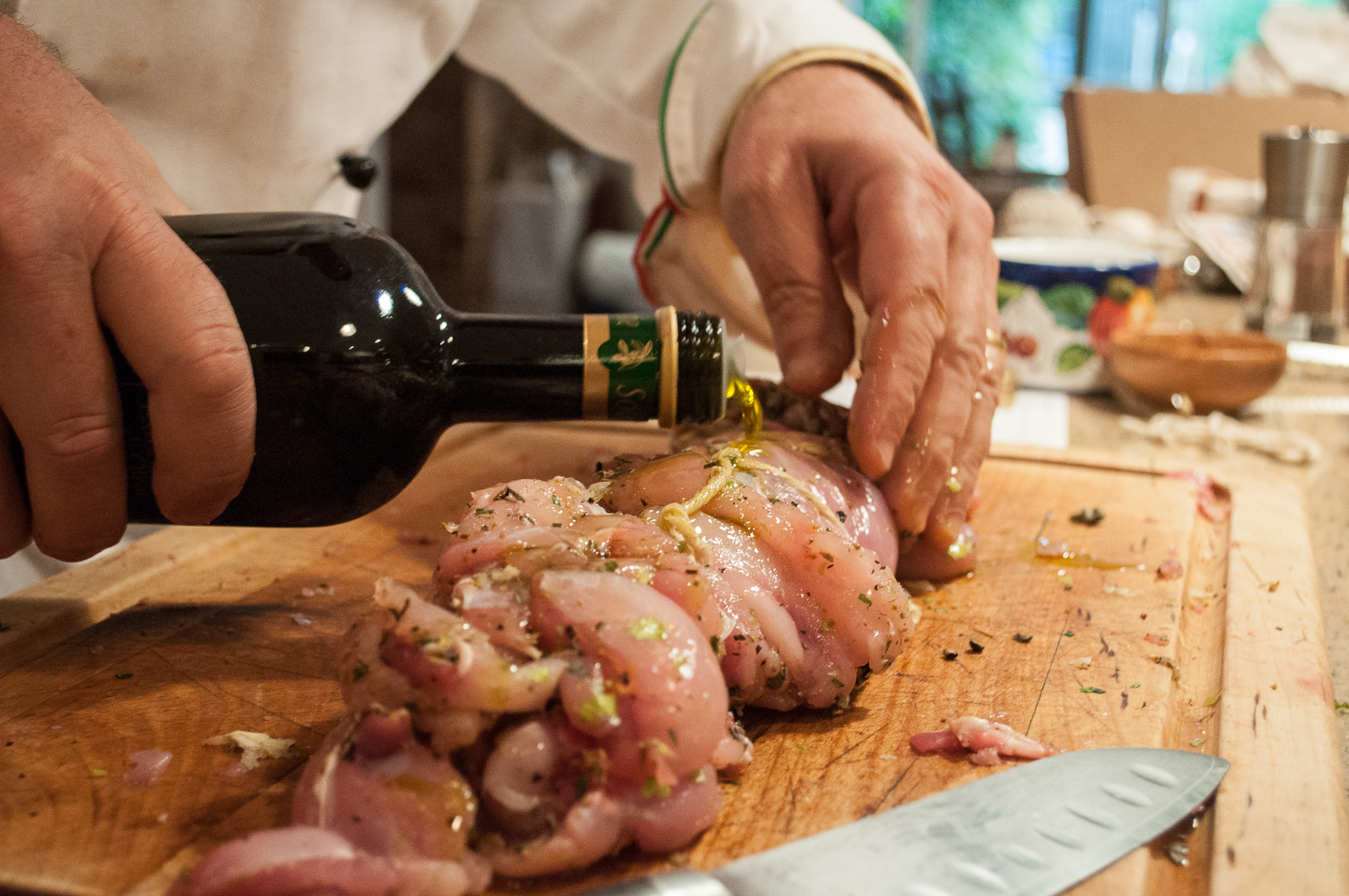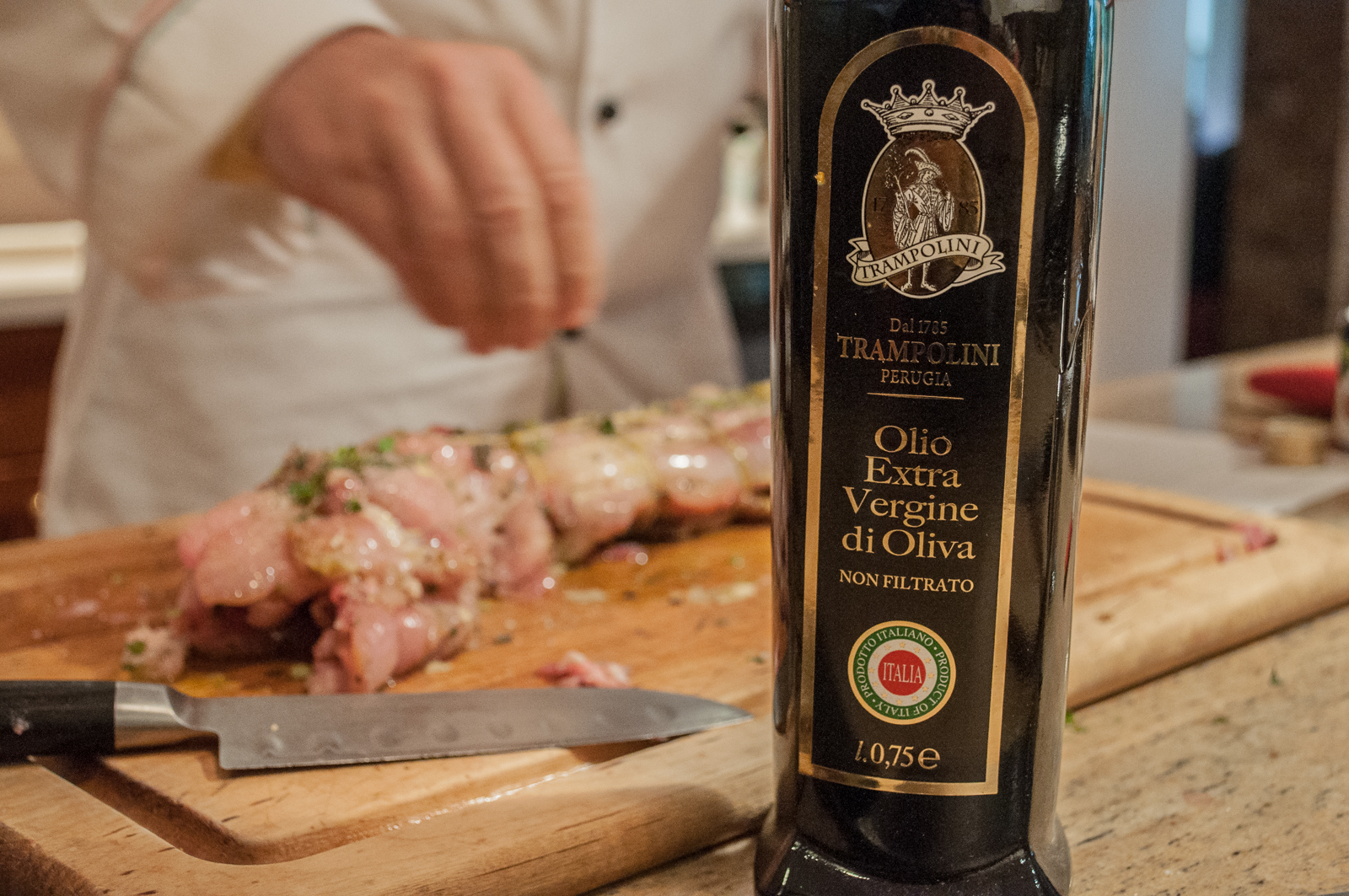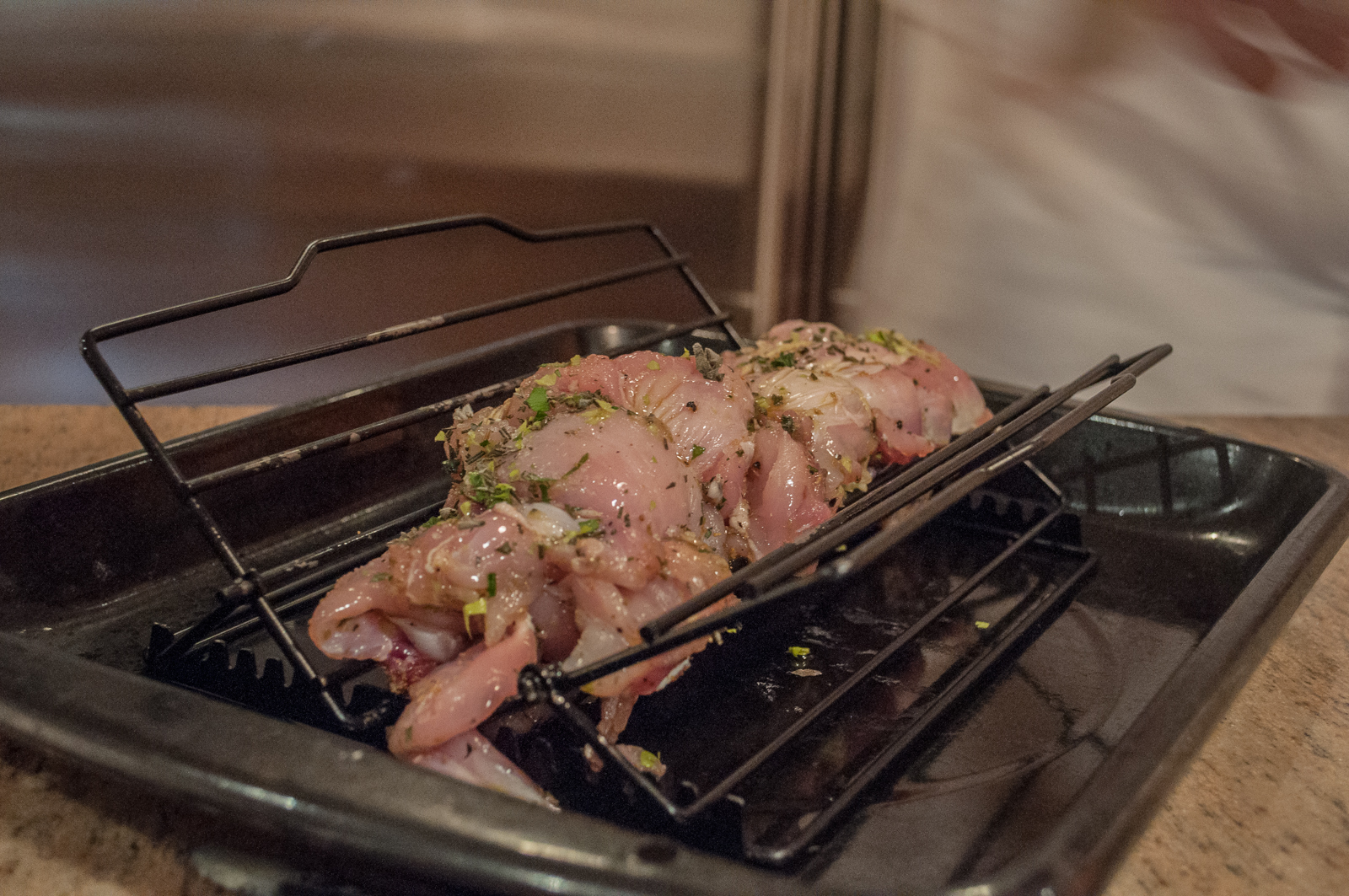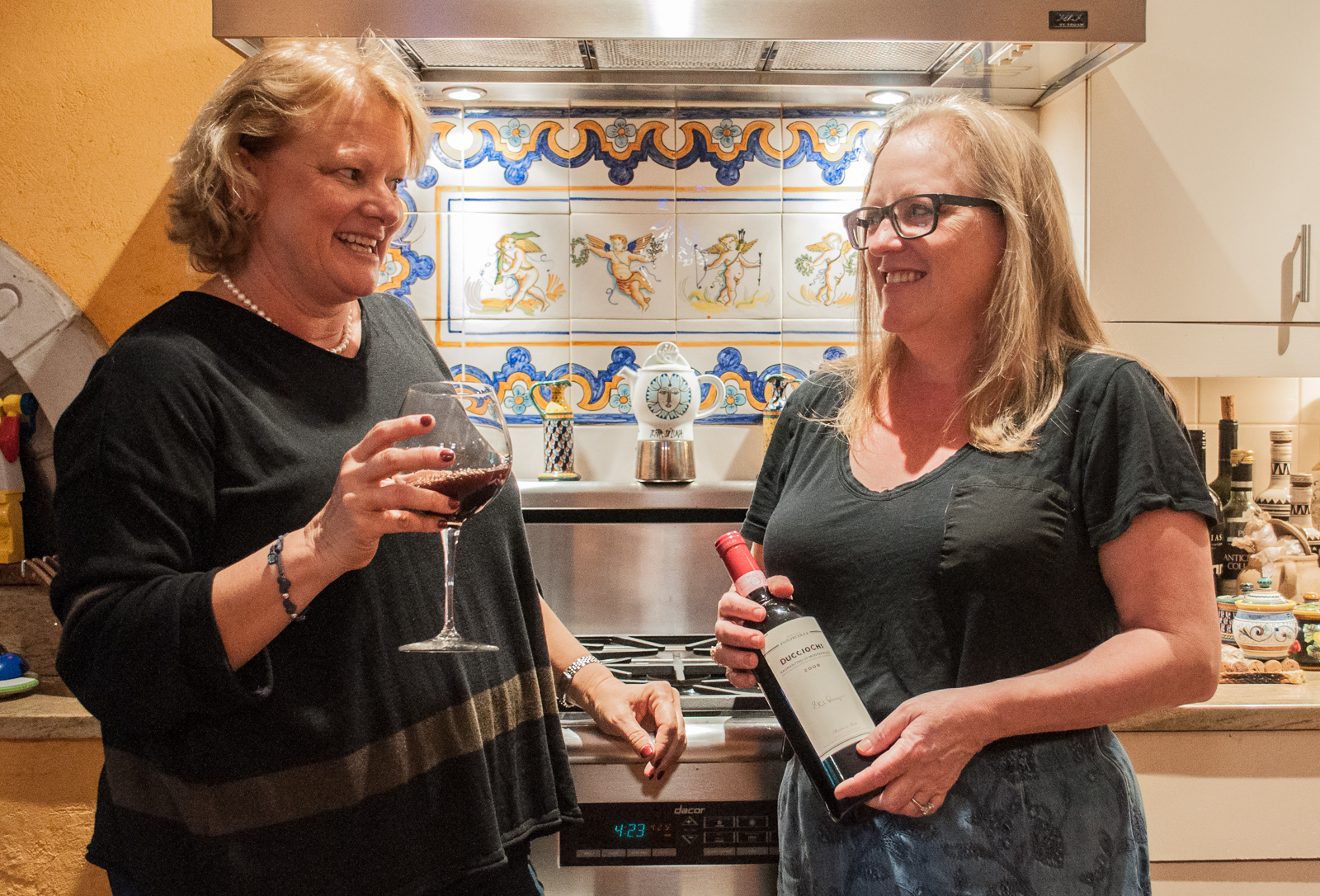Developed as way to utilize scraps of meat that occur as butchers broke down animals in search of the best cuts, ground meat is an essential part of the ‘snout to tail’ philosophy of whole animal butchery. And that philosophy is essential to the Italian culture of meat eating. Why is this relevant you might ask? Because of our new favorite addition to our butcher counter: a meat grinder! And while ground meat sometimes sounds gross, sometimes even looks gross, rest assured, there are a lot of benefits to having freshly ground meat.
For starters–let’s be real. Most the ground meat you have in the ordinary grocery store is, more or less, mystery meat. You won’t find a soul in the meat department of those stores that knows when the meat was ground, let alone what cut of beef it is. And that mystery gets even harder to solve when you move past the ground beef into the ground pork, the veal, and so-on. First and foremost, having our own grinder will mean that all of our meat is as fresh as can be, and the beef we use is the same quality, dry-aged local black angus as our steaks that you’ve come to know and love.
With that quality and freshness in mind, the possibilities become seemingly endless. Looking for the perfect beef to make your famous burgers? We’re happy to grind you whatever you need to order. And for those of you still looking to find your favorite, come try one of our creations! This past weekend we had two special patties: one made with sun-dried tomato paste and one with ‘nduja, a spicy spreadable salami. They were awesome! Now that the weather is getting warmer and grilling season is upon us we are going to have burgers in the case regularly so make sure you stop by to get some.
But burger patties aren’t the only way ground meat can be used! The original way Italians would make use of ground meat, typically pork, was as sausages–which are essentially the same thing as a burger, just stuffed into a casing. Having a meat grinder in the case puts us one step closer to making our own sausages and I couldn’t be more excited. If you ask me, a sausage thrown on the grill, or on the skillet is one of life’s simplest pleasures.
The biggest takeaway from all this is that freshly ground meat is one of the most versatile things you can cook with. Whether you press it into a patty, stuff it into a casing, or cook it up in a pasta sauce, there’s no doubt that it will be delicious. Come visit us–we’re happy to get you whatever you need.

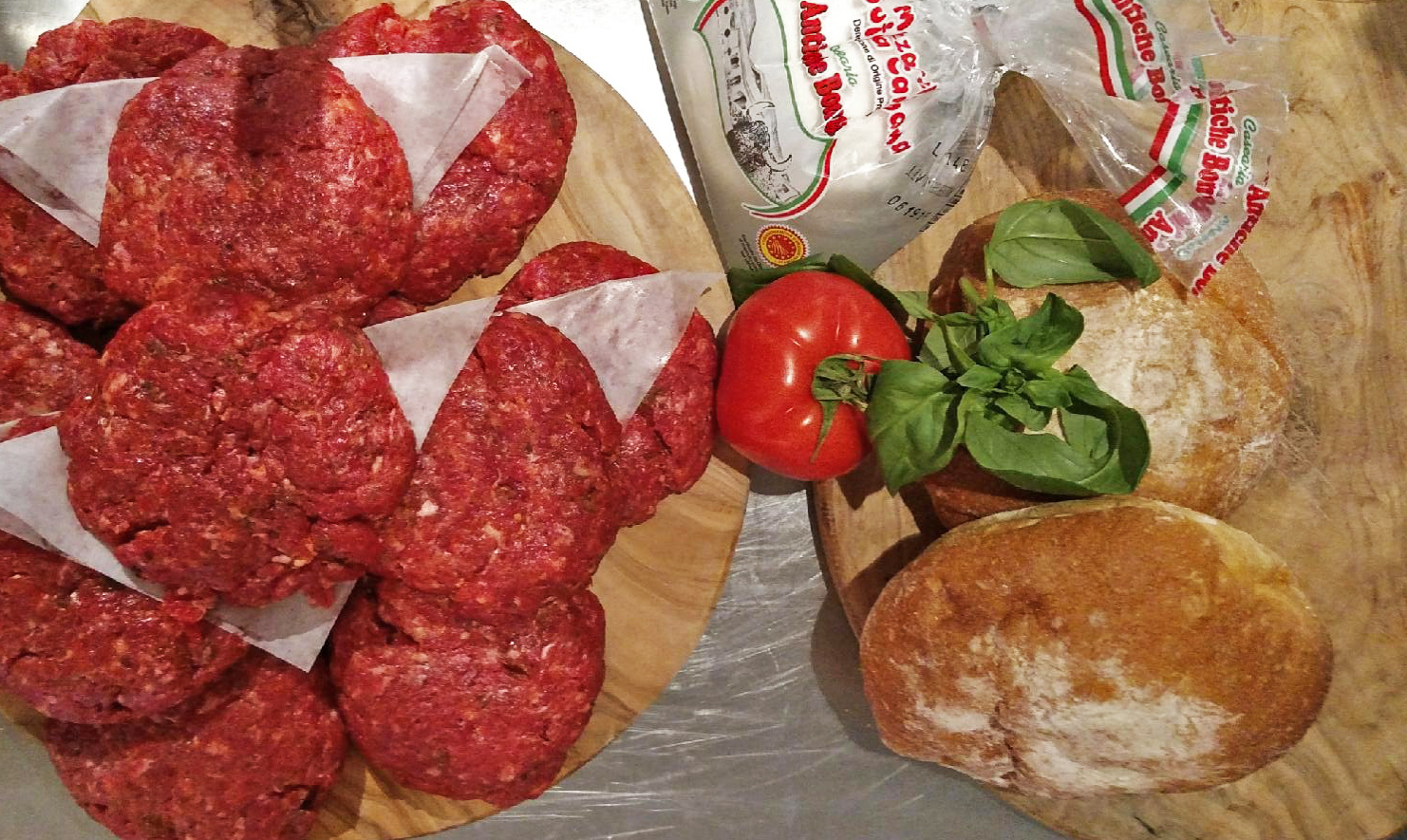
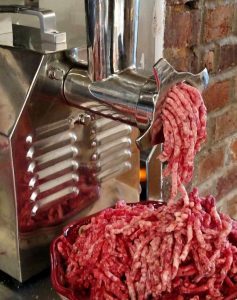



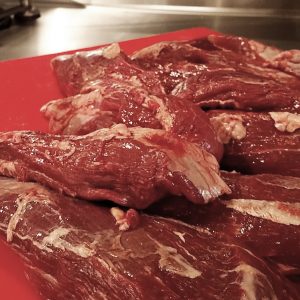


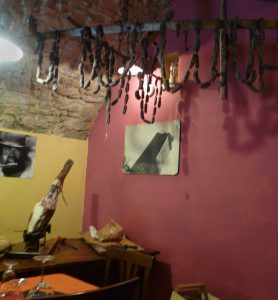
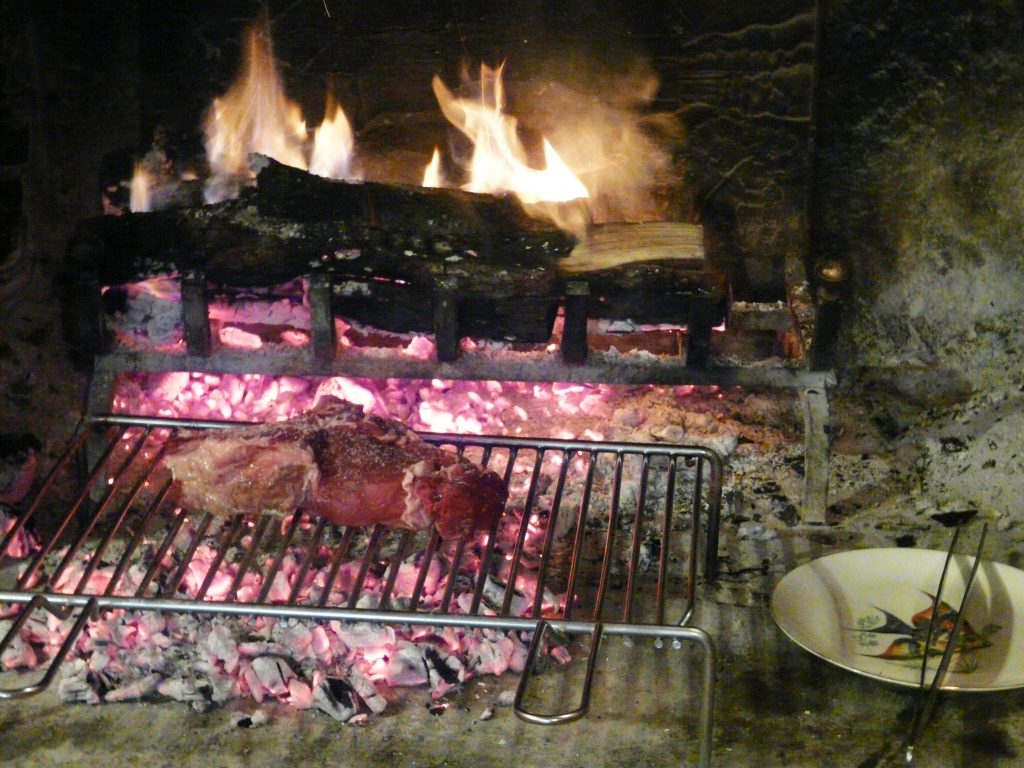
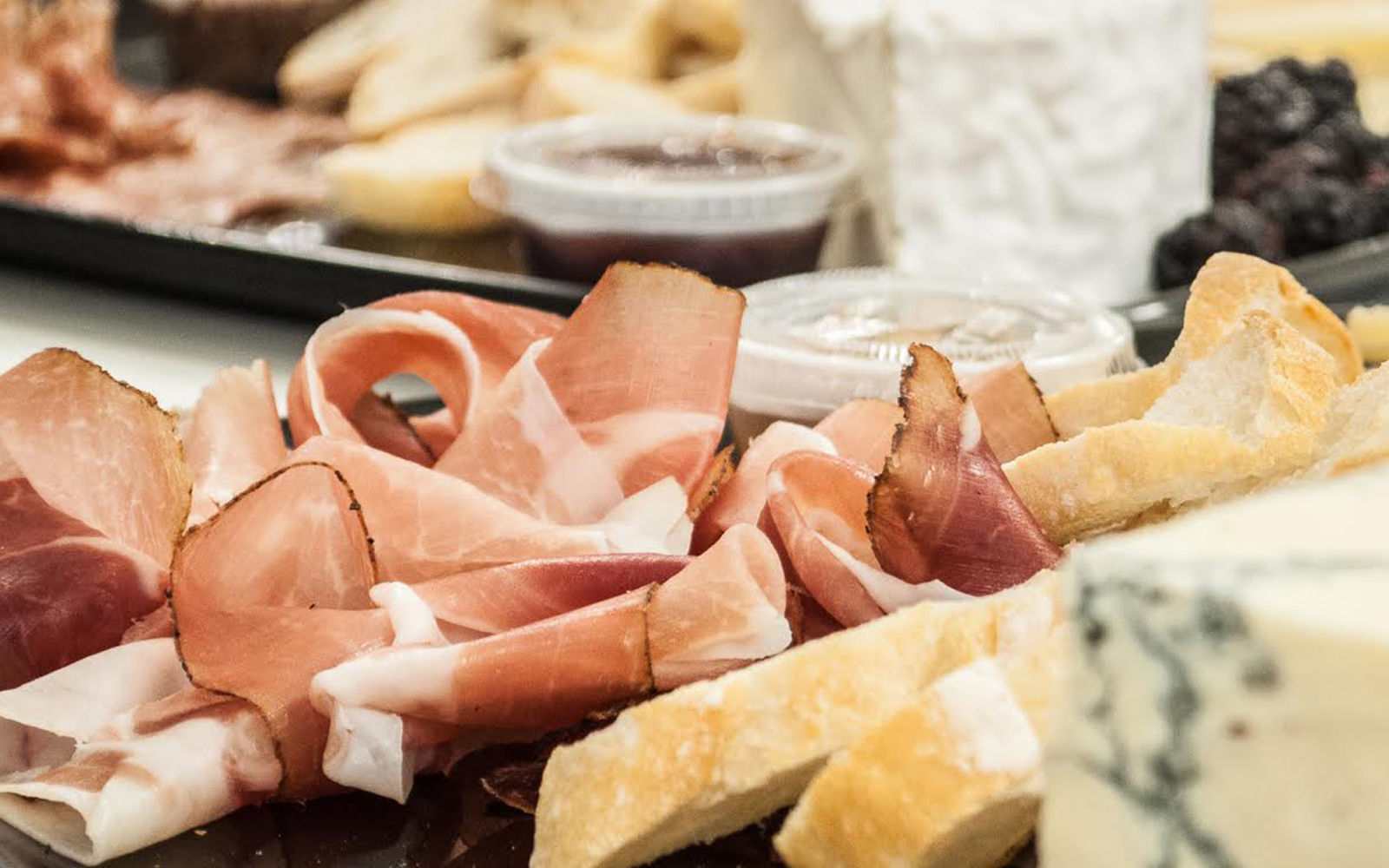
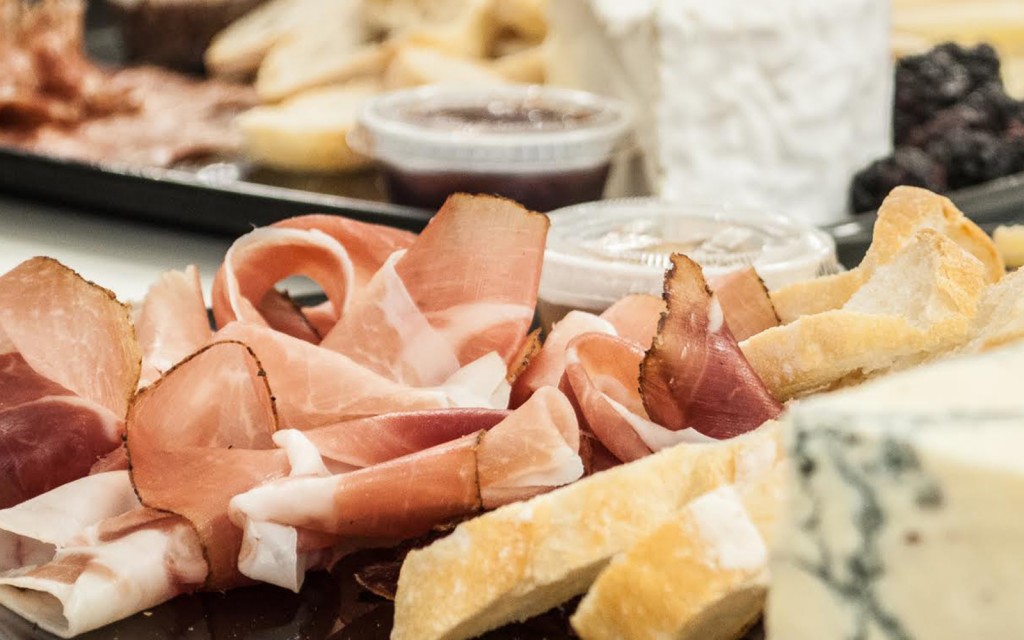
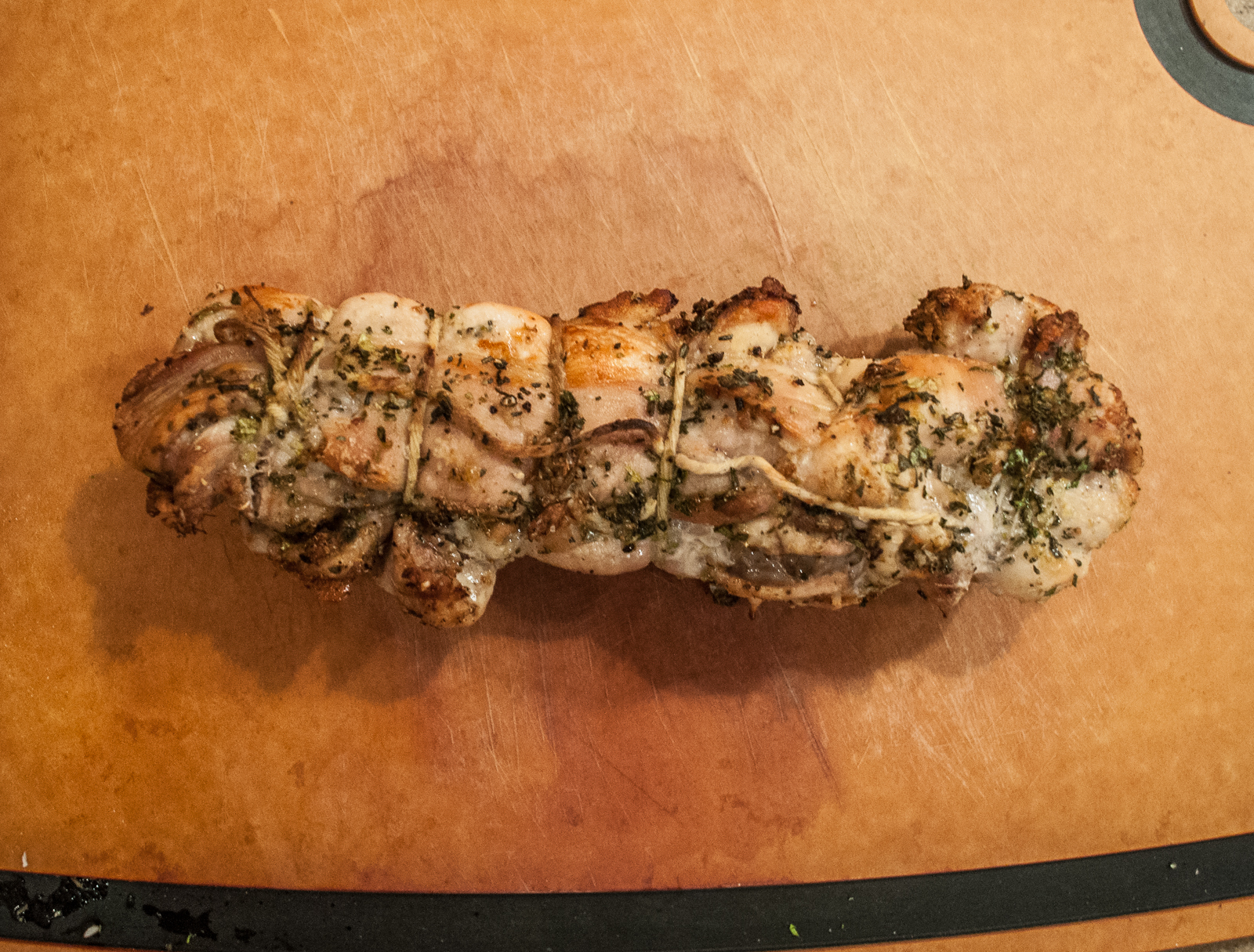

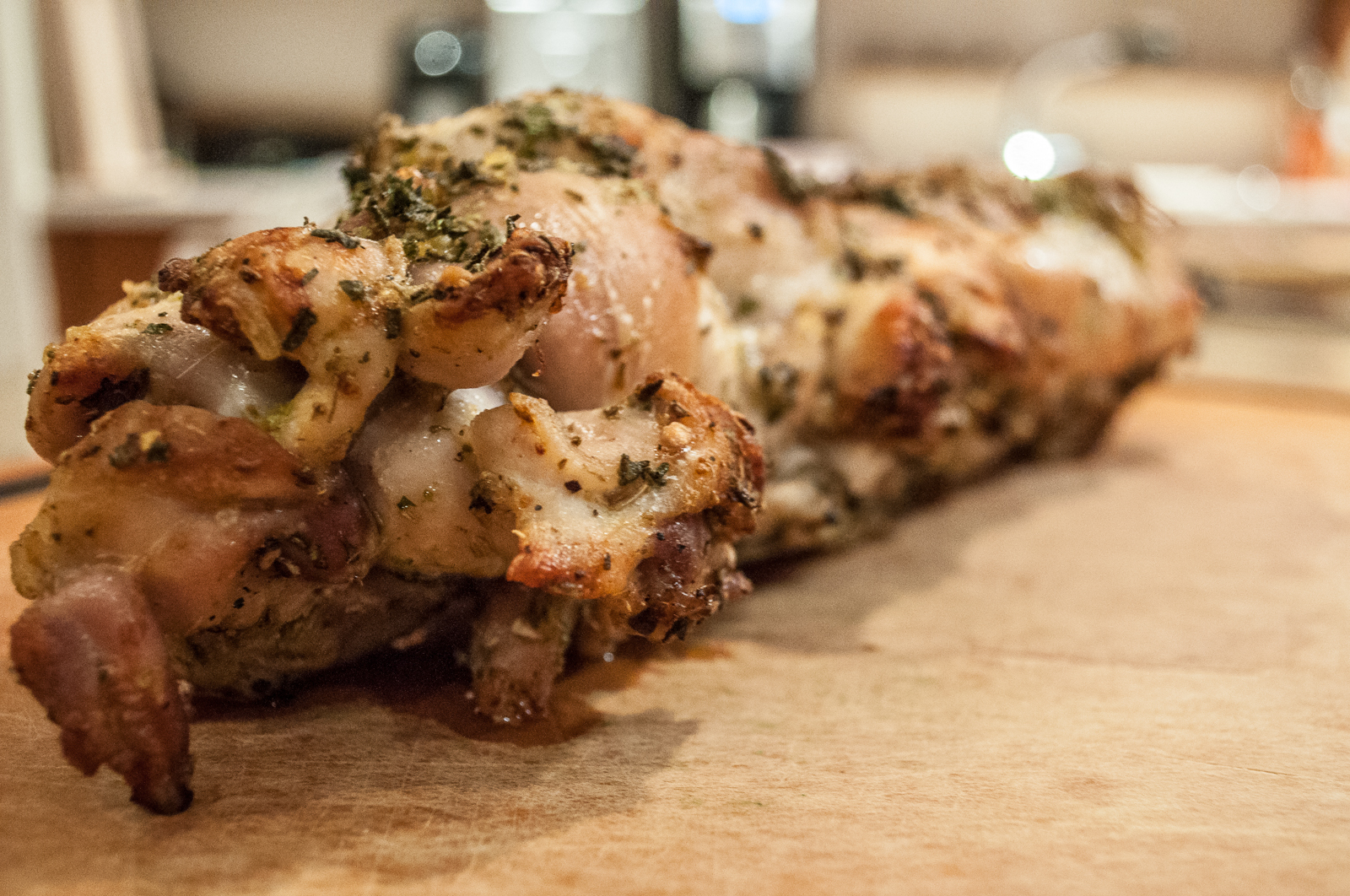
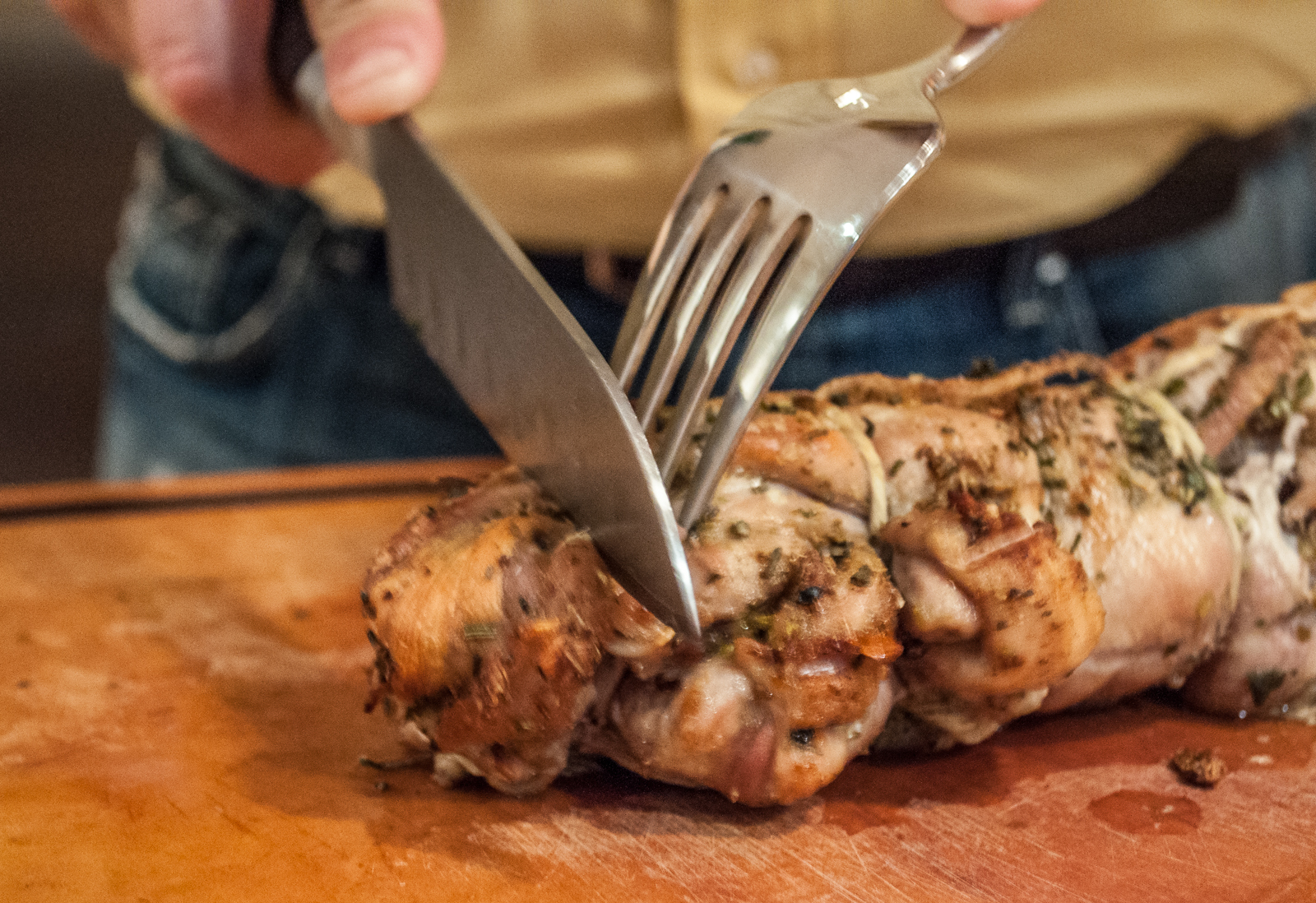
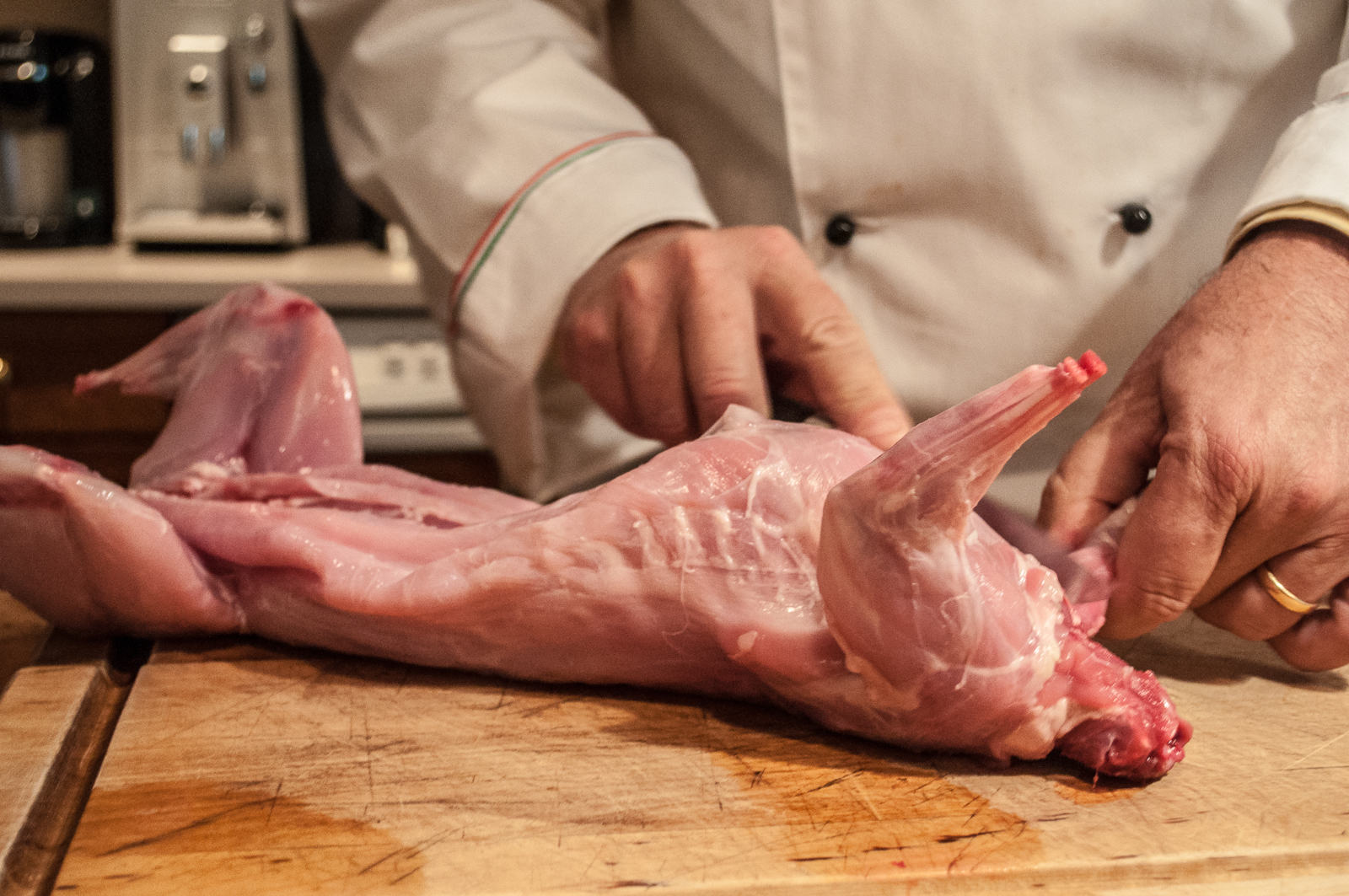
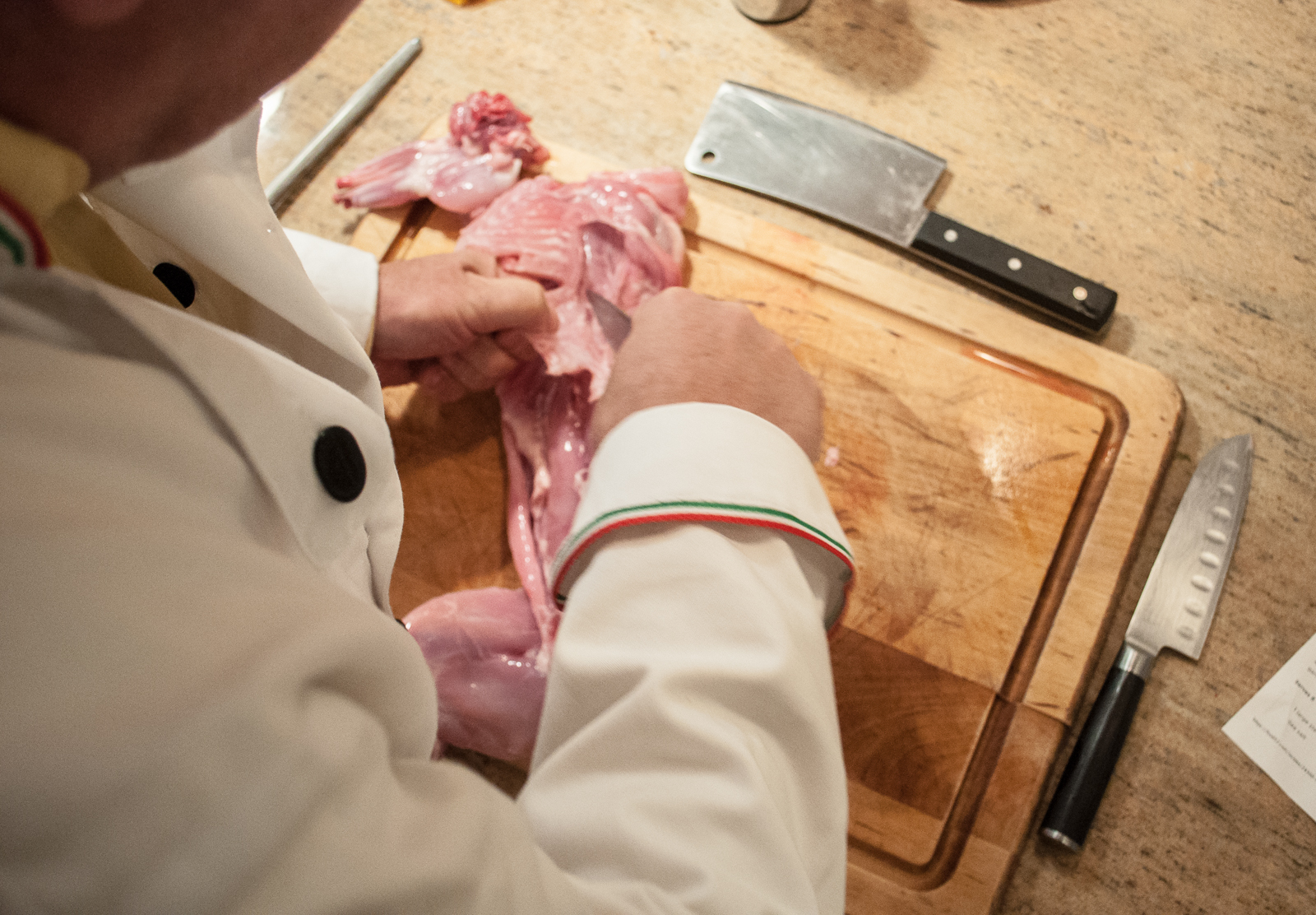
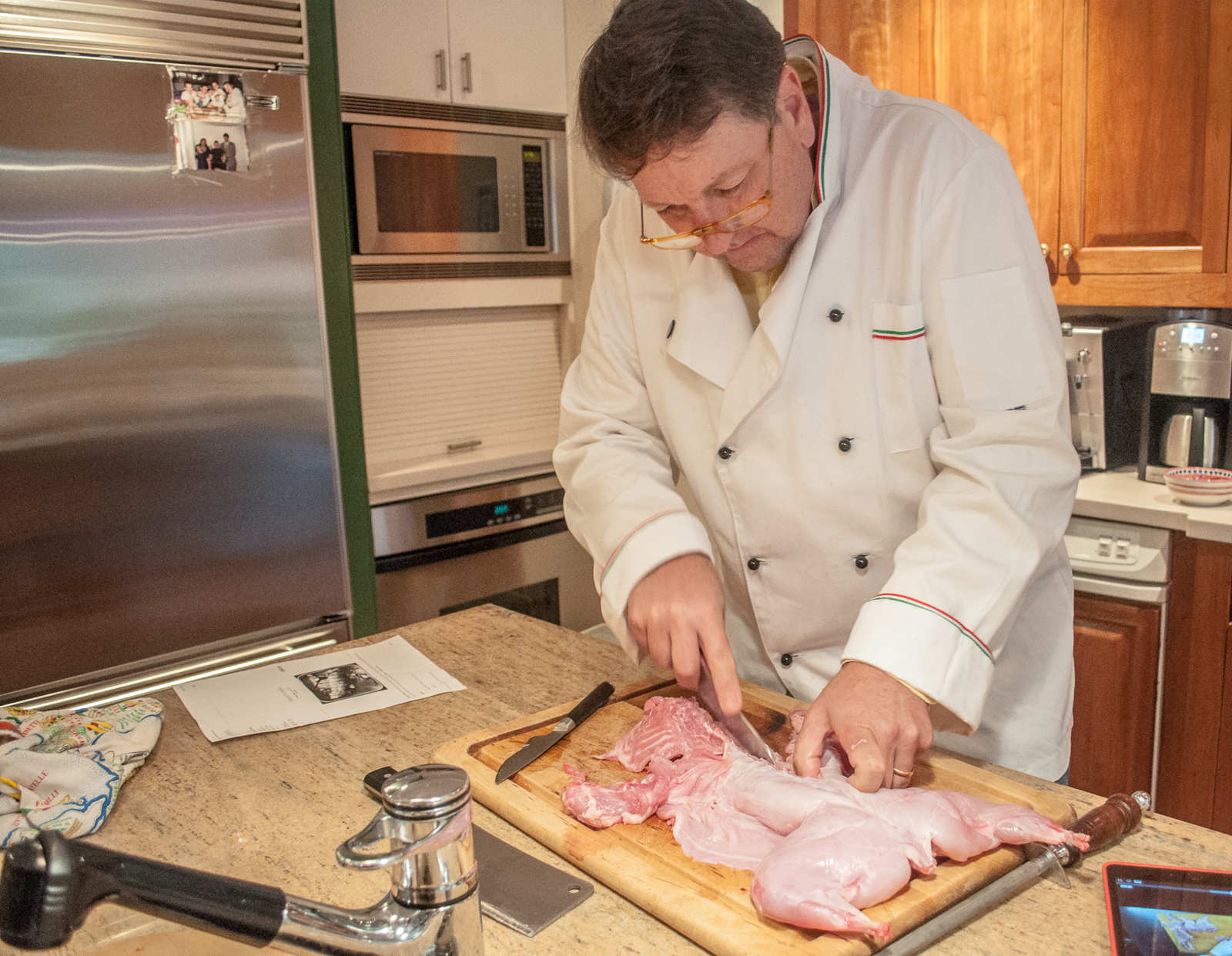
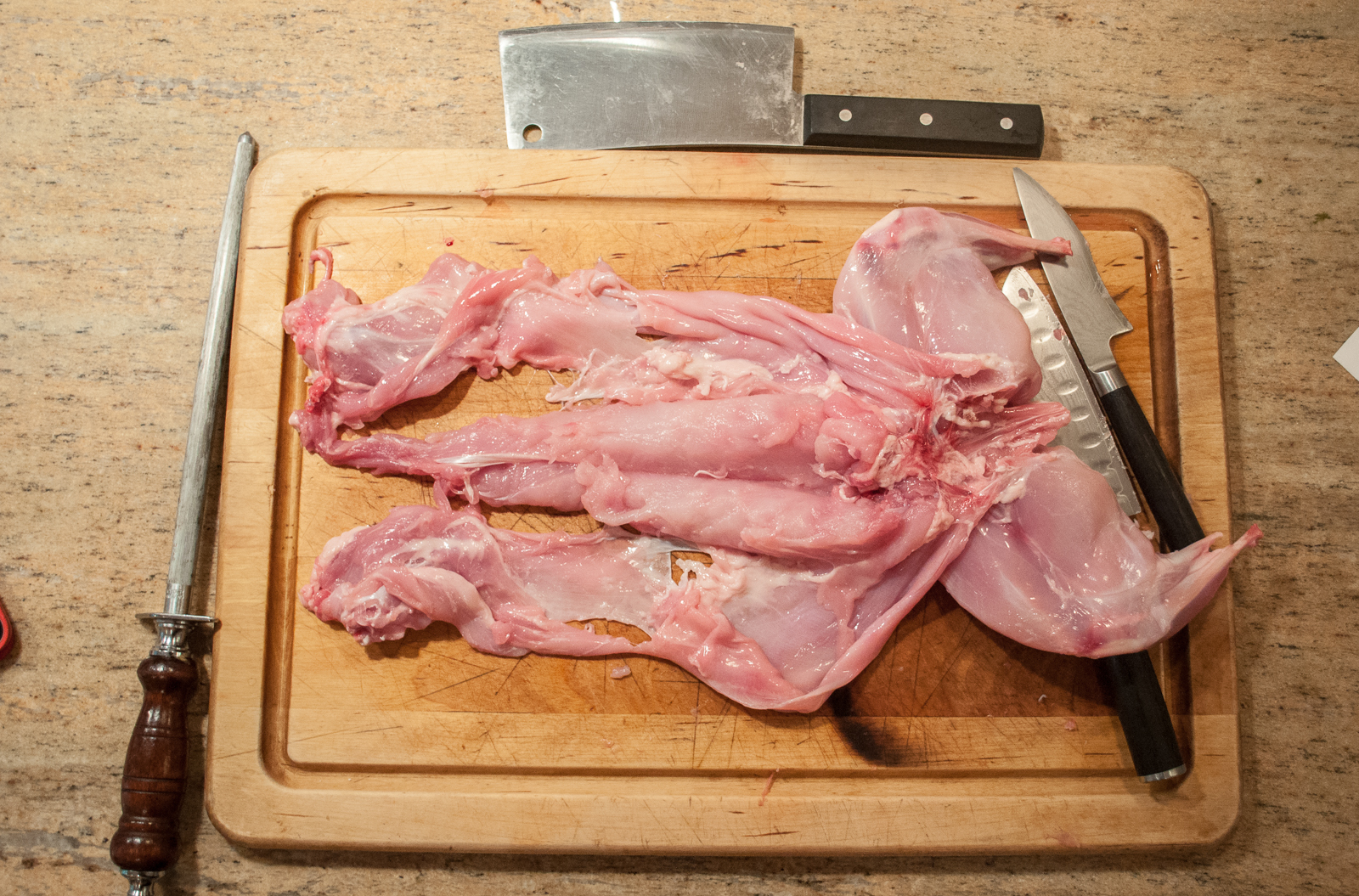
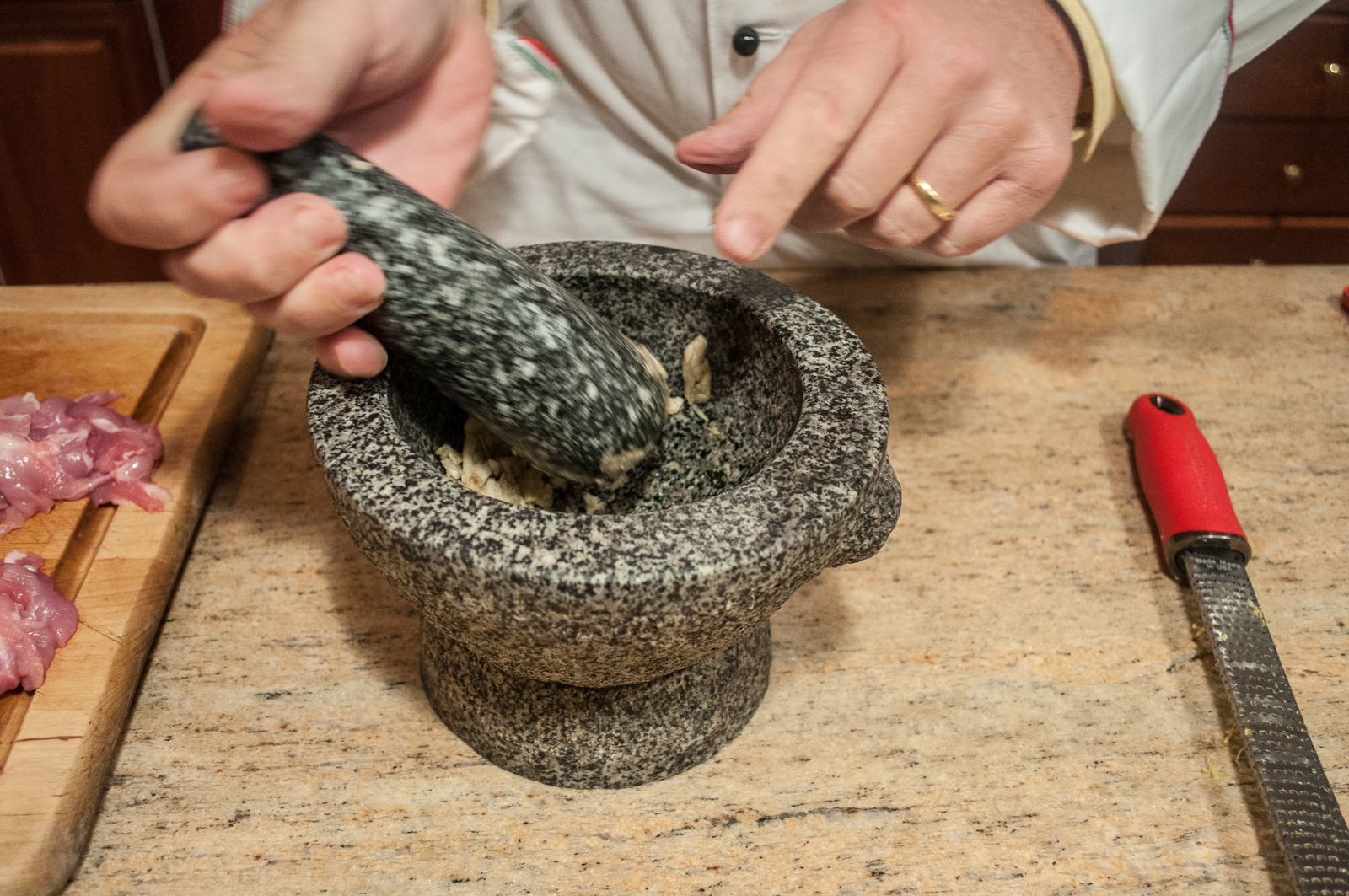
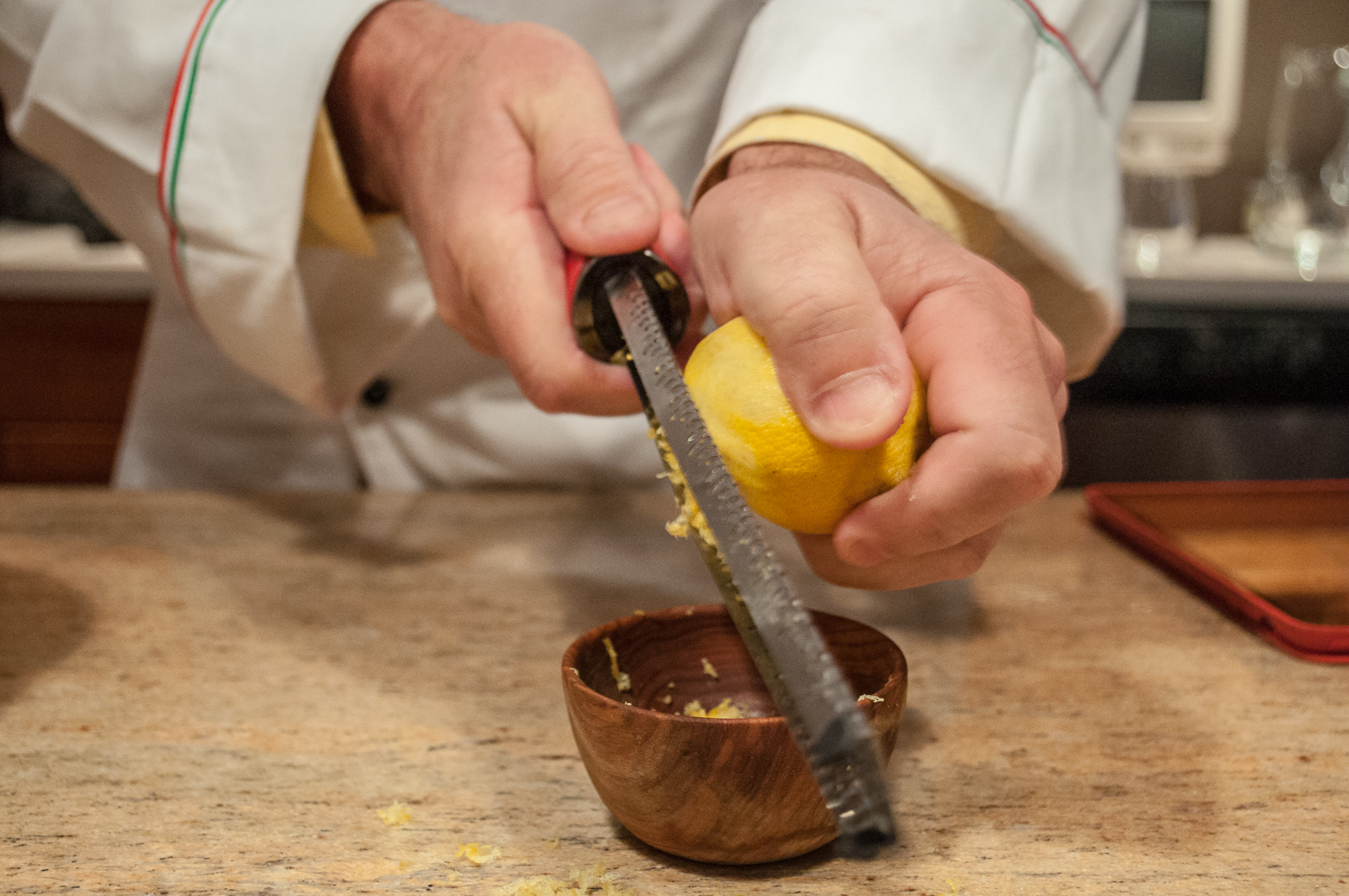
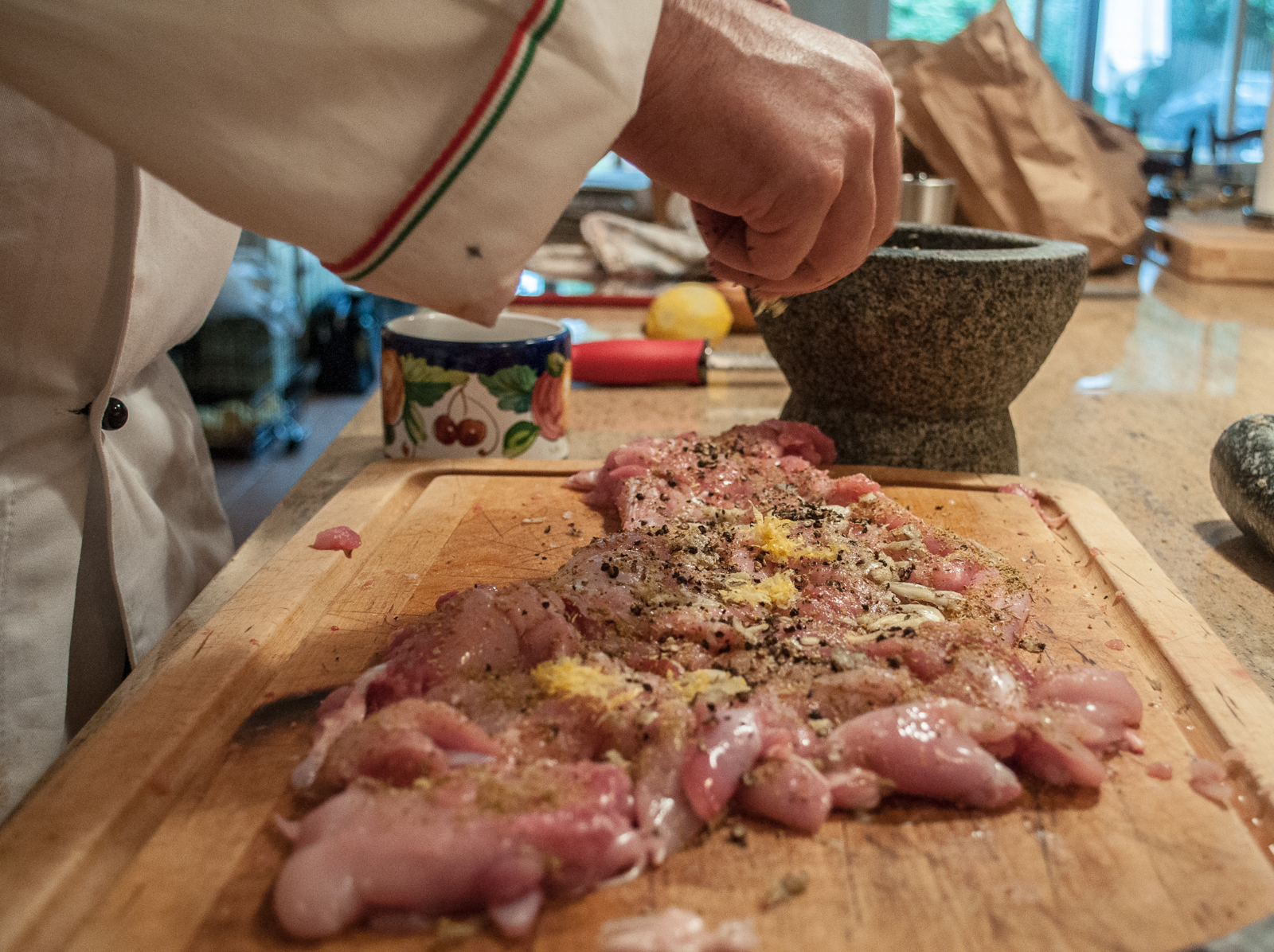
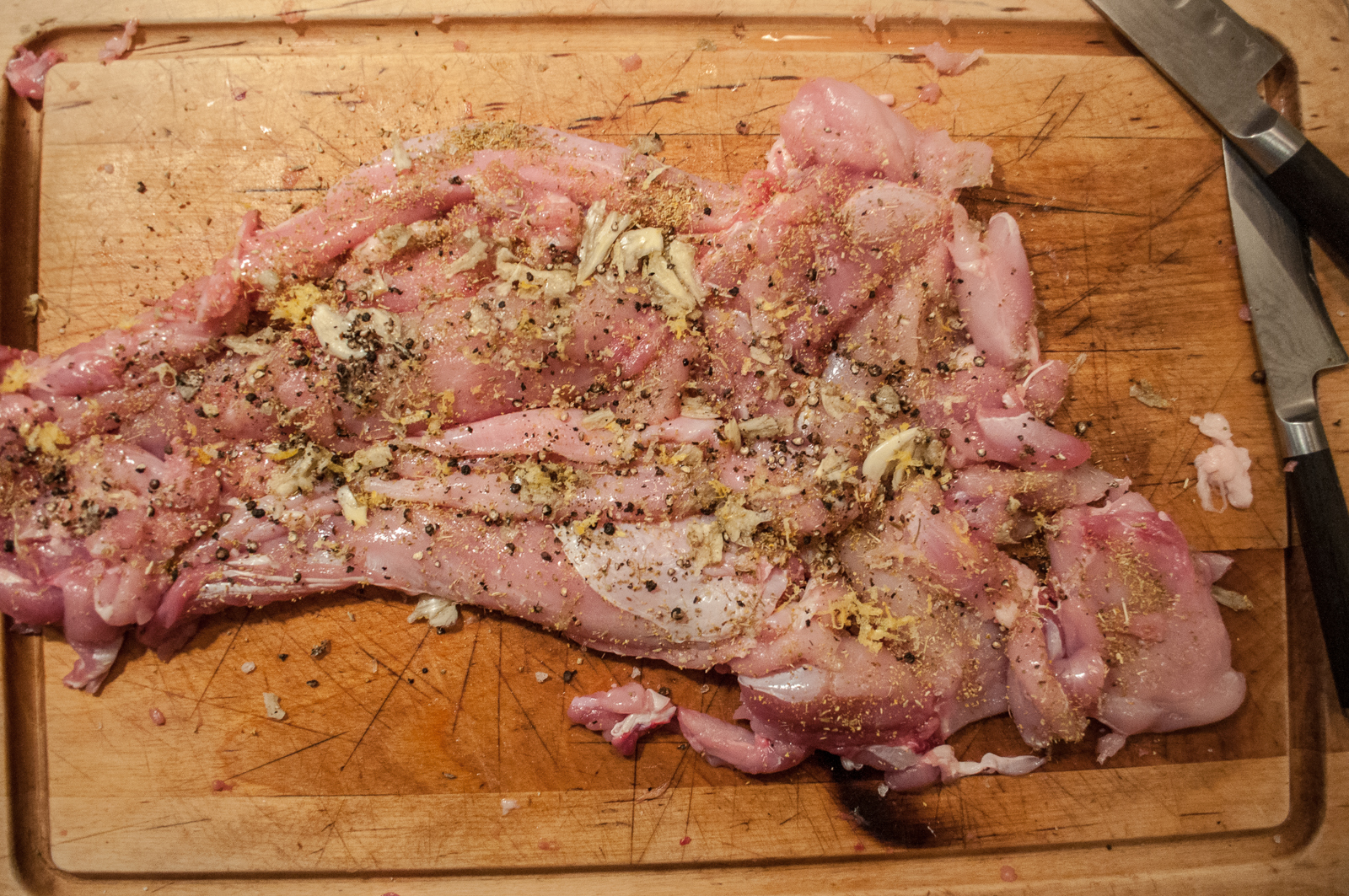 Step three: roll the rabbit tightly around itself. Tie with butcher’s twine.
Step three: roll the rabbit tightly around itself. Tie with butcher’s twine.